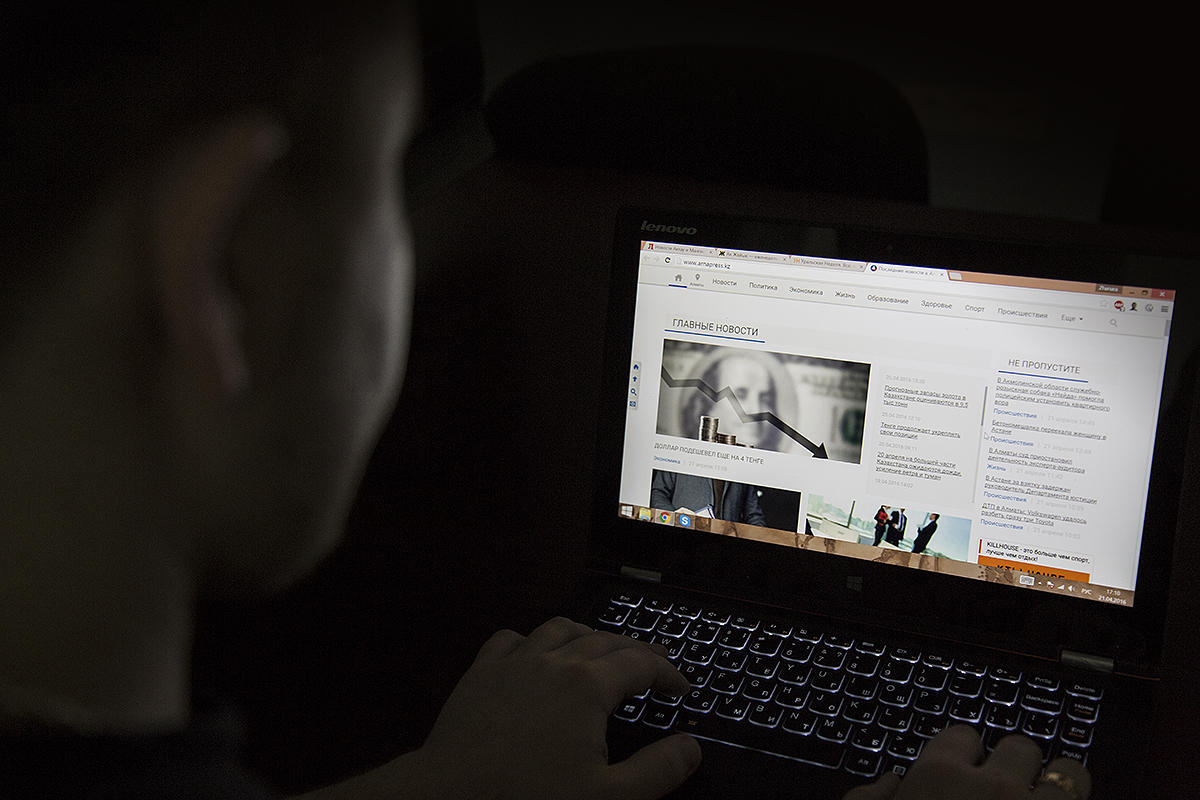One evening in October last year, Talgat Nurtayev, a former state auditor, waited in a parking lot for his ex-wife, the lawyer Aiman Asanova, whom he stabbed 18 times. On May 17, Almaty judge Yerkin Mayshinov sentenced the killer to one and a half years in prison.
The leniency of the judge's decision stemmed from considering Nurtayev's prolonged stalking of his ex-wife as a state of passion. Having been secluded in a pre-trial detention center since mid-October, Nurtayev will soon be released. The days served in pre-trial detention count double.
At least 400 women are killed every year in Kazakhstan at the hands of their husbands, more than one per day. And this sentence shocked the public opinion.
Social networks were abuzz with comments about the proportionality of punishment to offense, about the normalization of violence against women, about corruption in the courts, and about male solidarity.
Well-known lawyer Jokhar Utebekov became involved in the appeal of this case. With the consent of Asanova's family, he posted a video from surveillance cameras a day prior to the hearing, providing evidence of the murder.
The video caused an even greater uproar in the “social media square”. Utebekov also denounced that the Almaty prosecutor’s office had refused to appeal the court’s verdict. He claimed that there were few chances for justice and that in the widely advertised “New Kazakhstan” it could be normal to kill a person, serve several months in a pre-trial detention center, and then walk free.
On Tuesday, however, the Almaty city court overturned judge Maishinov’s verdict and ordered a review of the case, which could also lead to an audit of other verdicts by Maishinov.
This story tells us once again about how courts in Kazakhstan can be lenient towards cases of murder. Most importantly, however, this case unveiled the power of public pressure.
This must be one of several similar cases, but it was its publicity that kept the court in check. How many victims and their relatives fail to obtain justice just because their case does not become viral? How many appeals for justice have drowned in the daily information flow? How many of these stories on injustice will go unnoticed?
In the current system, only widespread public outcry can lead to a review of a high-profile case. A wave of indignation on social media is more powerful than the principles of justice, the work of prosecutors, and the letter of the law.
Active social media users have become key elements in the justice system. And this should be a warning sign for the judiciary and the state as a whole. After all, justice cannot be ultimately served just with the help of likes and dislikes.
Utebekov himself said that he is not happy with such “Facebook justice”.
But was this case an isolated incident or a systemic flaw? It certainly was a reminder for every judge that any of their cases can and will be discussed publicly, that their previous decisions can also be scrutinized, and that the main supervisory body is no longer the justice system, but the people themselves.
Поддержите журналистику, которой доверяют.








